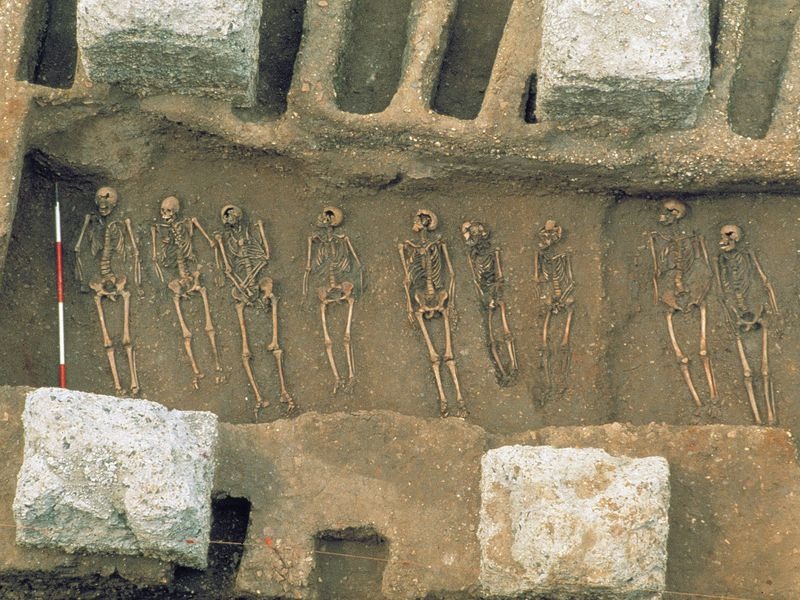PermeateFree said:
An interesting account of how and where the Black Death began and how it spread across Europe. Good read.

The genetic lineage of the plague that hit London in 1348 gave Green a data point to track the disease back to its origin.
https://www.smithsonianmag.com/history/did-black-death-rampage-across-world-more-century-previously-thought-180977331/
I have heard that the black death was not a death of humans transmitted by rats, but a disease of rats transmitted by humans. The rats caught the disease from the humans rather than the other way around. For the rats, the disease had very high mortality, much higher than for humans, and thus any locations where the black death was found were easily identifiable by the large numbers of dead rats.
> The Four Black Deaths, in the American Historical Review, that rewrites our narrative of this brutal and transformative pandemic. In it, she identifies a “big bang” that created four distinct genetic lineages that spread separately throughout the world and finds concrete evidence that the plague was already spreading from China to central Asia in the 1200s.
Is this calculated from genetics of the pest bacterium I hope.
> a critical study 2011. Paleogenetics is the study of preserved organic material of long dead organisms. This means that if you can find a body, or preferably a lot of bodies, that you’re sure died in the Black Death, you can often access the DNA of the specific disease that killed them and compare it to both modern and other pre-modern strains. Scientists mapped the genome of the bacterium and began building a dataset that revealed how it had evolved over time.
Nice.
> The phylogenetic findings were enough for Green to speculate about a 13th-century origin for the plague, but when it came to the mechanism of spread, all she had was conjecture—until she found a description of an outbreak at the end of the Mongol siege of Baghdad in 1258. This source was published for the first time in 2009 by the Iranian historian Iraj Afshar, but only translated into English in 2018 as The Mongols in Iran, by George Lane. The medieval Iranian source is something of a jumble.
A reliable description?
Why can’t the vector be the human being?
That makes a lot more sense than hypothesising that marmots made the journey from the steppes of central Asia to the grain stores of Baghdad. Humans made that journey.